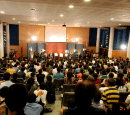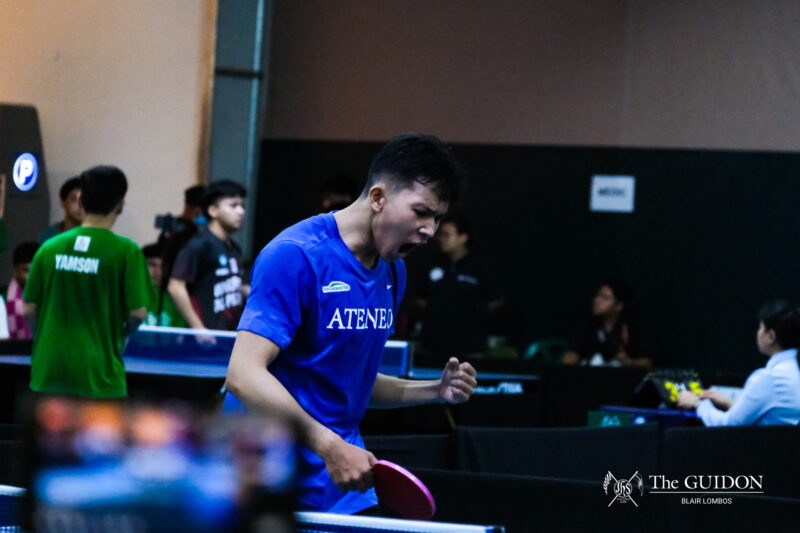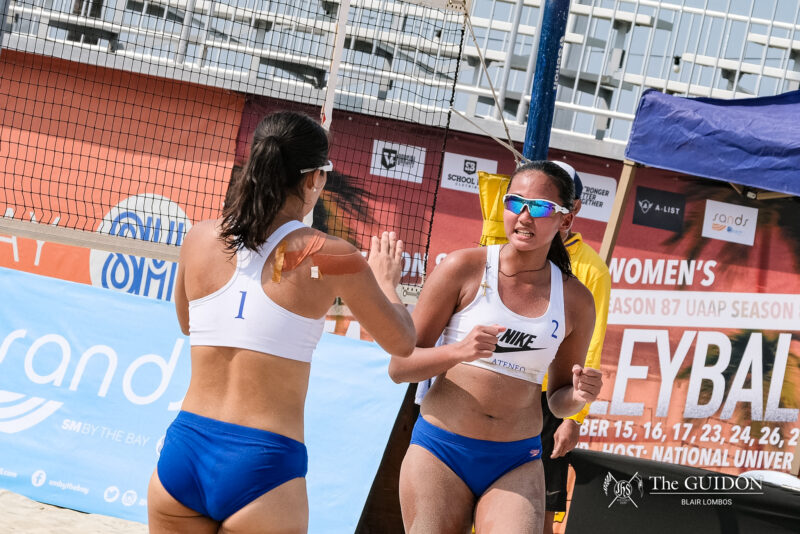SOCIAL MEDIA has sparked occupy meet-ups in 1,300 cities worldwide, while in the Philippines, activists have organized similar protests, such as Occupy Rizal Park and the upcoming Occupy Mendiola. A stark contrast to the ’70s revolutionaries of the First Quarter Storm, these local movements show how Philippine activism is evolving with an alternative call to arms.
Occupy the streets
Each generation has its unique revolutionary ethos and repertoire, its own unique forms of action oriented towards a particular goal. In 1986, EDSA saw the more traditional definition of activists: protesters who took to the streets and were highly politicized.
A people seemingly more accustomed to responding to dramatic events than grand causes, Filipinos seem to need a spark to ignite widespread social activism. But when such a spark is ignited, such as the assassination of Ninoy Aquino, Filipinos rise up and blaze through the streets.
As always, the youth plays a critical role in these kinds of movements, as seen during the chaotic First Quarter Storm of 1970, the Zuccoti Park-like Diliman Commune of 1971 and the People Power Revolution of 1986.
Occupy alternative activism
It is clear, though, that activism has evolved since those restless decades. The loud protests of the past have changed into efforts that are seemingly less disruptive, leading to observations that the younger generations are perhaps becoming more apathetic. The question raised, therefore, is this: what exactly is activism?
Arjan Aguirre of the Political Science Department defines activism as the personal tendency to go beyond. He notes, though, that when it comes to student activism, the effort can be quite passive because students “do not initiate” but merely “participate.”
Regine Guevara, chair of the Sanggunian’s Department of External Affairs, offers a different view. “It’s not so much that our students are inactive. It’s just that we have a different definition of what activism is,” she says, attributing activism to the Ateneo’s strong organization culture.
In the University of the Philippines the Interdependent Student-Centered Activism (ISA), a service-oriented political organization founded in 2005, experiences difficulty in establishing a presence in campus.
“I just think that it is too elitist to brand fellow students to be politically apathetic, just because they don’t join street rallies,” says ISA President Jyle Sulit. One of the four of the organization’s core principles is the practice of alternative activism—relatively silent service in contrast to the loud protests of the other dominant student political parties.
On the other hand, aside from service, activism also involves an act of struggle, which seems to be lacking among many young people today. “Student politics today has been a politics of governance,” Aguirre says. “There is no effort to question and ‘problematize.’ Politics is not just about governance.”
Occupy social media
The manner of how students engage in activism has also changed. “Before, there was no technology to promote a more civilized form of activism, which was why rallies were used to forward advocacies,” says Sulit. While others would reject online efforts as an armchair revolutionary’s tactics, the Twitter revolutions of the Arab Spring and the internet presence of the Occupy movement proves that social media is truly one of the weapons of today’s generation of activists.
However, Aguirre warns: “Instead of allowing us to be more critical, social media has contributed to the degeneration of our thinking ability.” Indeed, without a sense of struggle or purpose, the benefits of social media risk becoming arbitrary, resulting in a mass of unthinking people who simply follow online trends.
Occupy our minds
“ISA believes in the power of the individual, therefore the little change we can influence on others should already be something to be proud of,” says Sulit. And, as shown by the ongoing demonstrations of the Arab Spring and the Occupy movement, social media has the capacity to expand this virtual influence exponentially.
While activism continues to evolve, the mind’s ability to think critically should remain the constant armaments for any generation.
The world may have more access to information, but Aguirre reminds us: “there is a difference between thinking and knowing.”






[…] published on The Guidon Beyond Loyola. Share this:TwitterFacebookLike this:LikeBe the first to like this […]